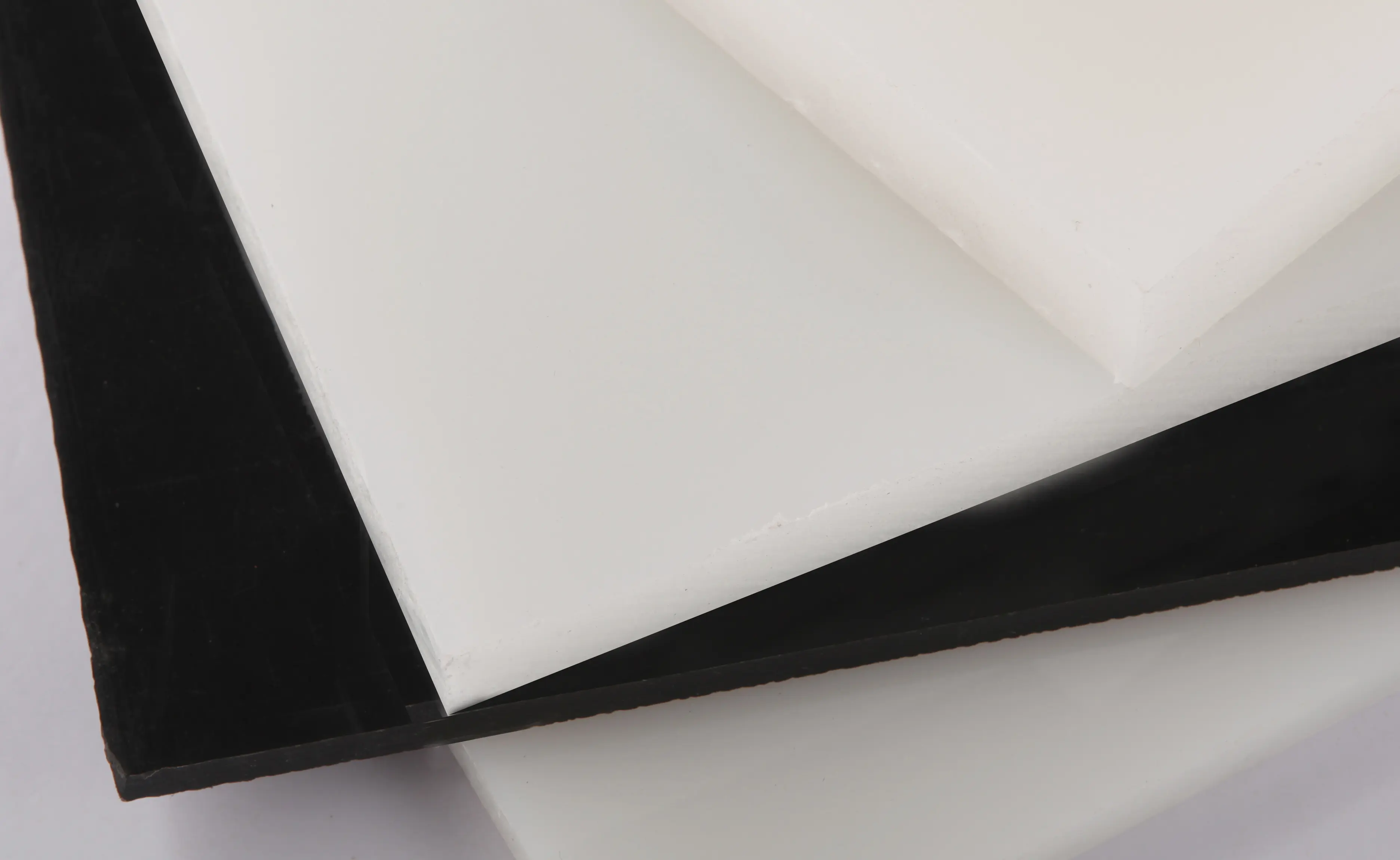Samh . 07, 2024 16:33 Back to list
Understanding Different Types of Pipe Fittings for Efficient Plumbing Solutions
Understanding Pipe Fittings Key Components of Fluid Management
Pipe fittings are essential components in fluid management systems, allowing for the efficient transport of liquids and gases through pipelines. They play a crucial role in numerous industries, including construction, manufacturing, and plumbing. This article delves into the various types of pipe fittings, their materials, applications, and the importance of selecting the right fittings for specific tasks.
Types of Pipe Fittings
Pipe fittings come in various shapes and sizes, designed to serve different functions in fluid transportation. Here are some of the most common types
1. Elbows Used to change the direction of the pipeline, elbows are available in different angles, most commonly 90 and 45 degrees. 2. Tees Shaped like the letter T, these fittings allow for the branching of pipelines, enabling the flow to split into two different directions.
3. Reducers These fittings connect pipes of different diameters, allowing for a smooth transition and preventing disruptions in flow.
4. Couplings Couplings are used to connect two sections of pipe, ensuring a tight and secure joint.
5. Caps and Plugs Caps cover the end of a pipe, while plugs block the flow through a pipe, effectively sealing off any unwanted access.
6. Unions Similar to couplings, unions connect two pipes but allow for easy disassembly, making maintenance more straightforward.
Materials Used in Pipe Fittings
Pipe fittings are made from various materials, each possessing unique properties suited for specific environments
- Metal Common metals used include stainless steel, brass, and carbon steel. Metal fittings are known for their durability and can withstand high-pressure conditions.
- Plastic PVC and CPVC are popular choices for plumbing and drainage systems due to their lightweight nature and resistance to corrosion. Plastic fittings are typically easier to install but may not handle high temperatures as well as metal fittings.
pipe fittings

- Copper Known for its excellent thermal conductivity and resistance to corrosion, copper fittings are used extensively in plumbing, especially for hot water systems.
Choosing the right material depends on several factors, including the type of fluid being transported, temperature, pressure, and environmental conditions.
Applications of Pipe Fittings
Pipe fittings are ubiquitous across various sectors. In residential plumbing, they are vital for connecting water supply lines and drainage systems. In industrial applications, pipe fittings facilitate the transfer of chemicals and other materials in manufacturing processes. In the oil and gas industry, they serve to connect pipelines, ensuring the safe and efficient transportation of crude oil and natural gas.
Moreover, pipe fittings are essential in HVAC (Heating, Ventilation, and Air Conditioning) systems, where they help distribute air and control the flow of refrigerants.
Importance of Proper Selection
Selecting the right pipe fitting is critical for ensuring the efficiency and safety of a fluid management system. An inappropriate fitting can lead to leaks, pressure drops, and system failures, resulting in costly repairs and potential hazards. Factors to consider during selection include
- Compatibility Ensure the fitting is compatible with the type of pipe being used (e.g., metal with metal, plastic with plastic).
- Pressure Rating The fitting must be able to handle the pressure of the fluids it will be transporting.
- Temperature Range Each material has a specific temperature range that it can withstand, which must be considered to prevent deterioration or failure.
- Installation Needs Some fittings require specialized tools and techniques for proper installation, which can impact project timelines and costs.
Conclusion
Pipe fittings are a fundamental aspect of fluid mechanics, with diverse applications and implications across various industries. Understanding the different types, materials, and significance of pipe fittings can lead to better system designs and more efficient operations. Ultimately, proper selection and installation of pipe fittings contribute significantly to the longevity and reliability of any fluid management system, ensuring safety and performance in diverse environments. Whether in residential, commercial, or industrial settings, the importance of these small yet critical components cannot be overstated.
-
PVC Transparent Sheet Roll - Durable & Flexible PVC Plastic Sheet Roll for Industrial & Home Use
NewsJun.24,2025
-
High-Quality PVC PPR Pipes and Fittings Durable ERA PPR Solutions
NewsJun.10,2025
-
High-Quality Large HDPE Sheets & Large Diameter PVC Pipe Durable Large PVC Pipe Supplier
NewsJun.10,2025
-
High Density Polyethylene Cutting Board - Durable & Food Safe
NewsJun.09,2025
-
3 Inch PVC Pipe for Durable Irrigation Affordable & Reliable
NewsJun.09,2025
-
Premium PPR Plastic Water Pipe Fittings - Durable & Leak-Free
NewsJun.09,2025

